What makes a person who they are? Is it their generosity, their masculinity, their capacity to love, or their ability to feel loss? As Manish Mundra attempts to piece together these hidden aspects of his life through poetry, the readers are bound to discover parts of themselves reflected in his poems.
Archives: Books
Holds our book and book specific data
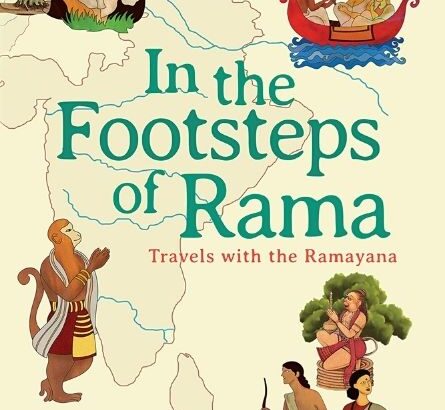
In The Footsteps Of Rama
Vikrant Pande and Neelesh Kulkarni's quest to retrace the trail of Rama's fabled travels during his years in exile began with their trying to locate Chitrakoot on the map and realizing that they had little idea where it might be. Curious about the places mentioned in the Ramayana, they set off on a journey of their own, following Rama's route from Ayodhya to the Dandakaranya forest and Panchavati (near Nashik) and on to Kishkindhya (close to Hampi), Rameshwaram and Sri Lanka.
Along the way they would discover how closely the narrative of the Ramayana is linked to local folklore, and how the stories of the Ramayana and the moral framework that binds them together still speaks to the people who live in the land across which Rama, Sita and Lakshman made their journey.
For the armchair traveller as well as the enthusiast for epic tales, this is a wonderful book with which to revisit the world of the Ramayana.

The Rise and Fall of the Black Hole Paradigm
'I concluded – black holes don’t exist' Richard A. Muller, Emeritus Professor of Physics, University of California at Berkeley‘I continue to be impressed by how much [Dr Mitra has] learned and how much work [he has] done. I admire [his] courageous stand in seeking the truth’ Fred Cooperstock, former Professor, University of Victoria‘Dr Mitra has shown with calculations that black holes are not what cosmologists and physicists think them to be’ K.D. Krori, Cosmologist and former Professor, Cotton University‘[This book] is a critical discourse on all aspects of black holes, delivered with the highest standards of scientific critique’ N. D. Haridass, former Professor, Tata Institute of Fundamental Research, Fellow of the National Academy of Sciences‘I hope that this book will provide a good framework to a wider class of readers motivating further studies on the subject’ Daya Shankar Kulashrestha, former Head, Department of Physics and Astrophysics, University of Delhi‘This book is a revolution in itself. The author has fantastically written the "truth" in an articulate manner…The reader just keeps on flipping the pages in an excitement to know more’ Rishabh Naakra, Founder of the astrophysics blog ‘The Secrets of the Universe’Black holes have turned out to be the cornerstone of both physics and popular belief. But what if we were to realize that exact black holes cannot exist, even though their existence is apparently suggested by exact general relativistic solutions, and Roger Penrose won the 2020 Nobel Prize in Physics ‘for the discovery that black hole formation is a robust prediction of the general theory of relativity’? While it might seem far-fetched to claim so, it will be worth remembering that the finest theoretical physicists like Albert Einstein and Paul Dirac did not believe in black holes, and Stephen Hawking finally thought that there are no exact black holes. While the black hole paradigm has become commonplace in popular consciousness, in the last decade, noise has consistently grown about the many physical effects which can inhibit the formation of exact mathematical black holes. In The Rise and Fall of the Black Hole Paradigm, Abhas Mitra shows us how, much before these developments, he had proven why the so-called black holes must only be black hole pretenders. He identified these black hole candidates to be Magnetospheric Eternally Collapsing Objects (MECOs), and along with Darryl J. Leiter and Stanley L. Robertson, generalized them. Recent evidence for the existence of strong magnetic fields around so-called black holes may provide confirmations of his claim.
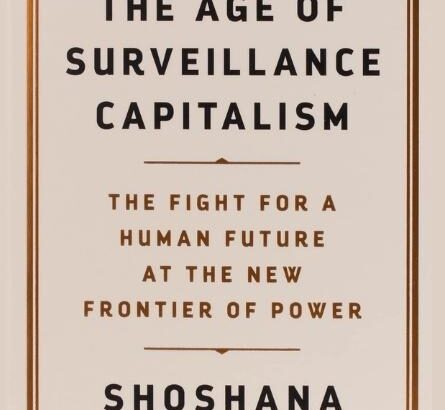
The Age of Surveillance Capitalism
THE TOP 10 SUNDAY TIMES BESTSELLER
Shortlisted for the FT Business Book of the Year Award 2019
'Easily the most important book to be published this century. I find it hard to take any young activist seriously who hasn't at least familarised themselves with Zuboff's central ideas.' - Zadie Smith, The Guardian
The challenges to humanity posed by the digital future, the first detailed examination of the unprecedented form of power called "surveillance capitalism," and the quest by powerful corporations to predict and control us.
The heady optimism of the Internet's early days is gone. Technologies that were meant to liberate us have deepened inequality and stoked divisions. Tech companies gather our information online and sell it to the highest bidder, whether government or retailer. Profits now depend not only on predicting our behaviour but modifying it too. How will this fusion of capitalism and the digital shape our values and define our future?
Shoshana Zuboff shows that we are at a crossroads. We still have the power to decide what kind of world we want to live in, and what we decide now will shape the rest of the century. Our choices: allow technology to enrich the few and impoverish the many, or harness it and distribute its benefits.
The Age of Surveillance Capitalism is a deeply-reasoned examination of the threat of unprecedented power free from democratic oversight. As it explores this new capitalism's impact on society, politics, business, and technology, it exposes the struggles that will decide both the next chapter of capitalism and the meaning of information civilization. Most critically, it shows how we can protect ourselves and our communities and ensure we are the masters of the digital rather than its slaves.
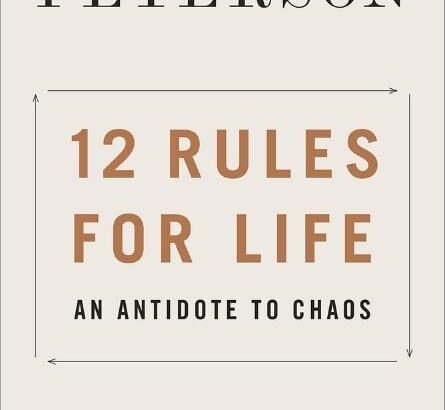
12 Rules for Life: An Antidote to Chaos
The #1 Sunday Times bestseller from 'the most influential public intellectual in the Western world right now' (New York Times) - now in paperback.How should we live properly in a world of chaos and uncertainty?Jordan Peterson has helped millions of people, young and old, men and women, aim at a life of responsibility and meaning. Now he can help you.Drawing on his own work as a clinical psychologist and on lessons from humanity's oldest myths and stories, Peterson offers twelve profound and realistic principles to live by. After all, as he reminds us, we each have a vital role to play in the unfolding destiny of the world.Deep, rewarding and enlightening, 12 Rules for Life is a lifeboat built solidly for stormy seas: ancient wisdom applied to our contemporary problems.
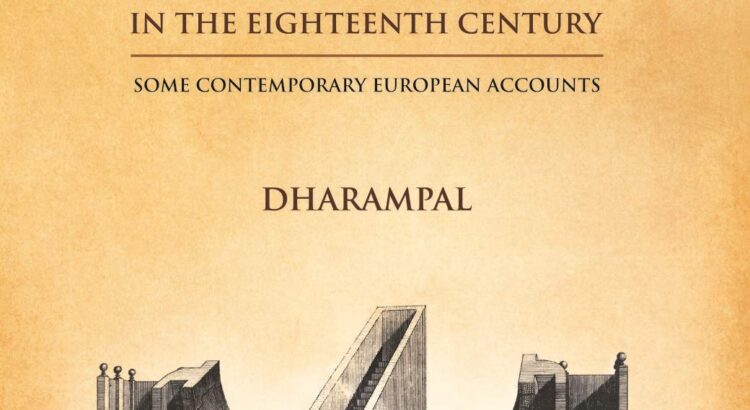
Indian Science and Technology by Dharampal
Did you know that the art of plastic surgery was first tried out and perfected in India? That in the eighteenth century, samples of Indian steel manufactured by Indian ironsmith and imported into England were found to be superior in quality to steel from Sheffield? That small-pox inoculation was practised in certain regions of the country much before Edward Jenner introduced vaccination? That India used the drill plough centuries before it was introduced into Europe?
Dharampal's Indian Science and Technology in the Eighteenth Century is the first real modern classic to bring to light the science and technology traditions prevailing in India prior to the arrival of her destructive colonisers. The Book is based on fascinating accounts of various technical processes and practices written by Englishmen and other Europeans in the period when they came to India to learn and before they opted to rule. Besides plastic surgery and inoculation techniques, the book also has accounts on the manufacture of ice and paper; irrigation and agriculture; and some aspects of science including algebra, geometry and astronomy, the last reflected in the establishment of impressive observatories.
The effect of ht book has been to compel historians to radically revise their opinion of the technical capabilities and scientific output of Indian society.
Indian Science and Technology in the Eighteenth Century is the first in the series of five volumes of the Collected Writings of Dharampal

Bharatiya Chitta, Manas and Kala
The preliminary picture of the Indian mind presented in this essay is, of course, not meant to be final or exhaustive. The attempt is to emphasise the urgent need to understand the Indian Chitta and Kala if India is to once again find her moorings in the present day world, and to sketch some of the basic aspects of the Indian Chitta and Kala that seem to set the Indians apart from the rest.
It is hoped that this brief essay shall contribute to the reawakening of the Indian spirit that we are blessed to witness happening once again in our times.
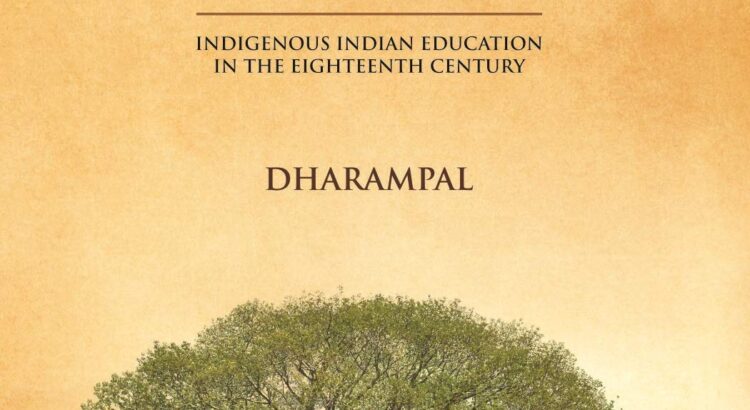
THE BEAUTIFUL TREE
Dharampal (1922–2006) was a great Gandhian thinker, historian and political philosopher from India. Convinced about the urgent need for an objective understanding about India’s past, before the onslaught of colonial rule, he decided to embark on an exploration of British-Indian archival material, based on documents emanating from commissioned surveys of the East India Company, lodged in various depositories spread over the British Isles. His pioneering historical research, conducted intensively over a decade, led to the publication of works that have since become classics in the field of Indian studies. This major work entitled "The Beautiful Tree" provides evidence from extensive early British administrators’ reports of the widespread prevalence of educational institutions in the Bengal and Madras Presidencies as well as in the Punjab, teaching a sophisticated curriculum, with daily school attendance by about 30% of children aged 6–15, where those belonging to communities who were classed as Shudras or even lower constituted a good number of students, and in some areas, for instance in Kerala, where Muslim girls were quite well represented.
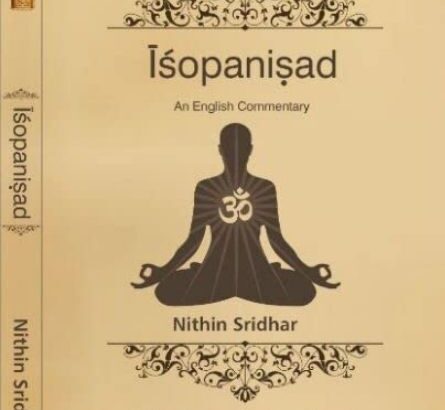
Ishopanishad
Īśopaniṣad is one of the short Upanishads with only 18 mantras but which captures the entire gamut of Hindu philosophy and worldview. This commentary, which is divided into two parts, aims to not only provide a word-by-word explanation on each of the verses, but also provide an exposition of the vision of the Upanishad going beyond its text.

SAMANYA DHARMA
Samanya Dharma refers to ethical duties that every person is expected to practice in life so that a harmonious and enlightened society could be built up. The book is a slender volume of 96 pages that takes one through What, why & how's of practicing Samanya Dharma.
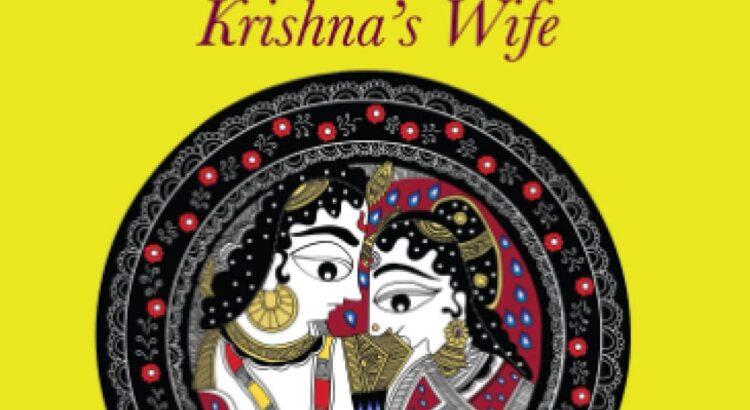
Rukmini
Part history, part legend, part sacred lore, Rukmini will leave the readers spellbound Rukmini nodded with a confident smile. ‘Trust me, Acharya. In addition to the mayhem I fought against in my own family, I also fought against the fear of uncertainties that would envelope My life, if, all gods willing, I wed Krishna. I am no stranger to the fact that life would become only more challenging at Dwaraka.’ a princess. A lover. A goddess an overreaching emperor thought he would use her as a pawn. Her eldest brother became a tool of her enemy. In her own family, she had none to call her own. But Rukmini, the princess of Vidarbha, made a choice. She would not bow down to patriarchy. The story of Rukmini is often overshadowed by the glorious exploits of her charismatic husband, Krishna vaasudeva. For the very first time, this novel gives Rukmini her due. It portrays the life of the feisty bride who made bold choices not only while eloping with her beloved but all through her life to become a resplendent goddess, a fitting partner to the most beloved God of the land.

Cownomics: The Holy Cow, Fulcrum of a Civilization
Cownomics is a deep dive into the place of the cow in the society & economy. It takes a 360 degree view of the impact of cow slaughter and dairy farms on health, nutrition, environment, climate change, agriculture, and economics. It seeks to resurrect and revive the Vedic economic model of "Cownomics" - a healthy, prosperous society, the fulcrum of which was the holy cow.
Backed by scientific research as well as research from Hindu scriptural texts like Shiva Agamas, Vedas, Upanishads, Ayurveda texts, Yoga texts and many more, the book brings to light many forgotten aspects of how changing the place of the cow in the society can change the society at large, for better. Not a bundle of opinions, but sourced from of hundreds of research papers (350+), books (30+) & scriptures (30+) with ground research & independent analysis.
It is a misconception that banning cow slaughter & making dairy humane is not economically viable. The book discusses how this system is broken & ailing. It is hurting the economy, animals & YOU - and not helping anyone.
Demolishing all misplaced arguments, this is an exploration of a humane world.

Rise of Dharma
Losing father in young years and growing within conspiracies of cousins with a threat on life would make any other person curse his fate. But prince Yudhishthira sees his responsibility to bring a change to the fates of many. He struggles to make his father’s land a realm of justice, which costs him severely.
Sent away from his homeland, thrown into a murder attempt, moving in disguise in land of cannibals, - can Yudhishthira make Dharma rise again in a broken Bharatavarsha?
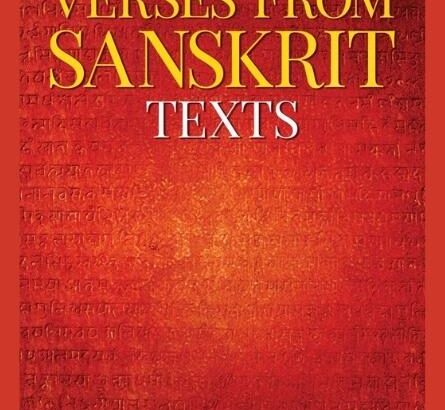
Motivational Verses from Sanskrit Texts
Here we have a collection of a little over hundred verses, most of which were a part of the common man's knowledge not long ago. These are from the Mahabharata, the Pancatantra, the Hitopadesa, the Subhashita-s of Bhartrihari and such other texts. Some verses teach ethical behavior and some others realistically and bluntly tell about human behavior in different situations.
Most of the present day societies are focusing more on imparting job-oriented skills to children, paying little attention to their emotional growth. The governments too are cutting back on the liberal arts which are essential for the emotional intelligence and maturity of our children. Such trends have negative manifestations which are sadly realized at a later stage in life. We realize that progress cannot be at the cost of human values and goals in life.
These verses are like the 'box of truisms' and 'words to live by', in Louis Mac Neice's words. They may not be fully understood by the kids straightaway, but they reveal their full flavor as the kids grow and face the realities and problems of life. They are like the time release capsules which release themselves slowly.

